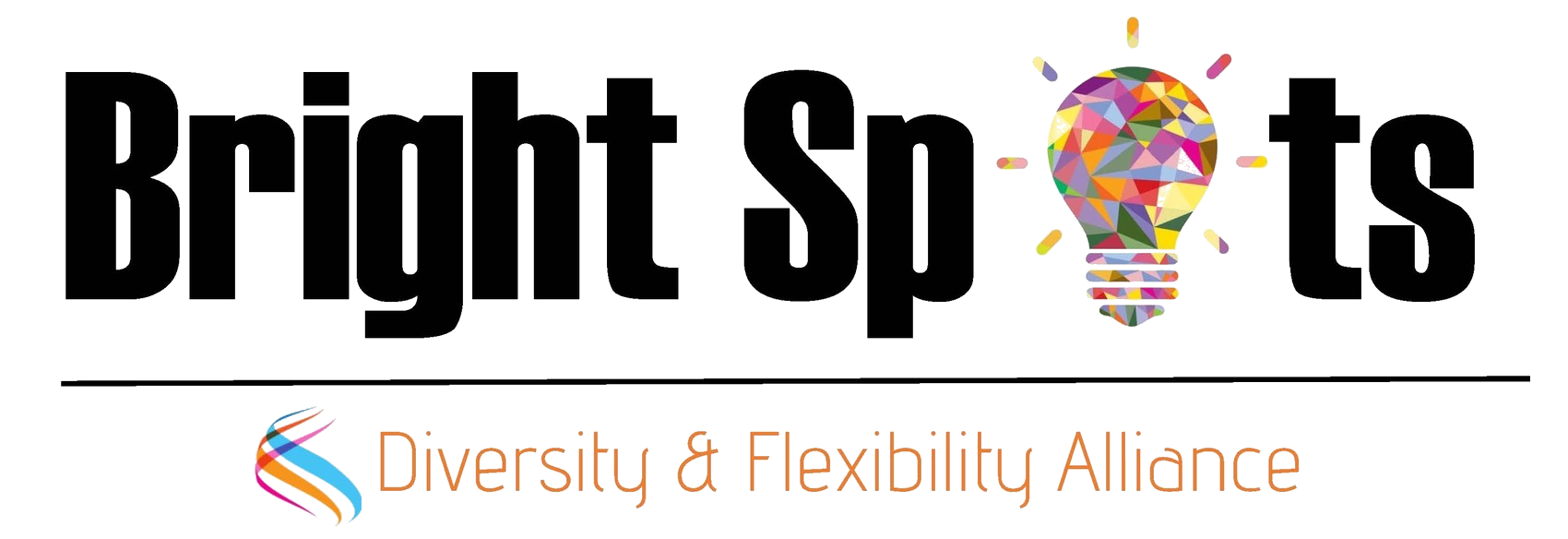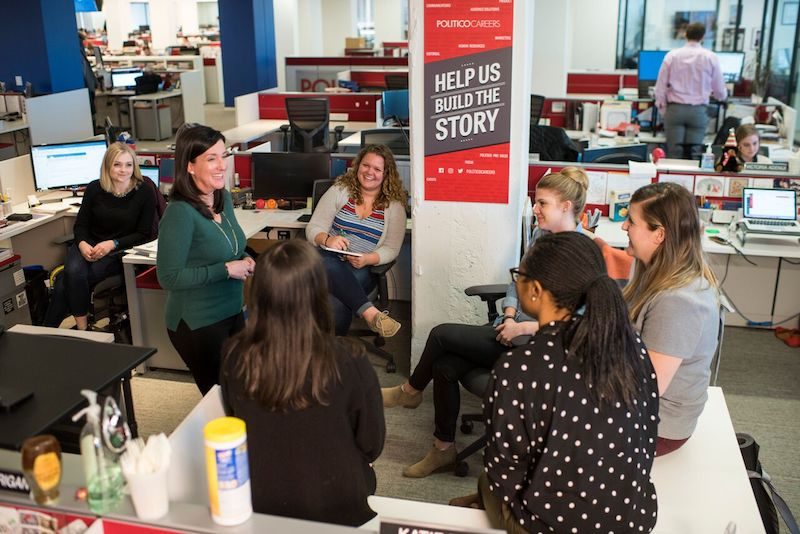The Alliance’s Action Steps are designed to assist organizations with implementing practical strategies and policies related to diversity and flexibility. Members can access full versions of all of the Alliance’s Action Steps in the Member Resource Center.
In our recently released 2019 New Partner Report, we celebrated this as the best year yet in terms of the share of women in the new partner classes in major law firms in the United States – 41.3%, an increase of 8.1% since 2012 and a year-over-year increase of 2.4% from 2018. Take a look at our 2019 New Partner Report for further data, trends and insights.
While we should celebrate our achievements, we also need to focus on next steps in order to advance more women to the top levels of leadership by being more systematic with managing their pipeline. By keeping the following three steps in mind, organizations will be able to monitor, maintain, and add to their pipeline of women and continue to close the gender gap in leadership.
Maximize Recruitment: New hire and lateral recruiting efforts need to be done effectively to attract the best talent. Start by putting your best foot forward. Gather data to understand why or why not professionals chose to come to your organization through focus groups, check-in meetings and/or surveys with new hires. Speak with professionals who declined employment offers. Track and assess this data to understand if there were any gender differences, what you should highlight, and what you should consider changing. Were some programs/policies particularly important to women? Were key practices/programs mentioned across the board? By tracking this information, you can objectively understand what policies/programs to highlight, how to prepare your interviewers, and ways to improve your overall recruitment process…
To read this entire Action Step become a member of the Diversity & Flexibility Alliance. To learn more about retaining and advancing more women, contact Manar Morales. Members can access the complete Action Step in the Member Resource Center.

 Lily Zheng is a diversity, equity, and inclusion consultant and executive coach working to create innovative and inclusive workplaces. You can hear more insights from Lily’s book, Gender Ambiguity in the Workforce: Transgender and Gender-Diverse Discrimination, in her presentation at the Alliance’s Annual Conference on November 7, 2019.
Lily Zheng is a diversity, equity, and inclusion consultant and executive coach working to create innovative and inclusive workplaces. You can hear more insights from Lily’s book, Gender Ambiguity in the Workforce: Transgender and Gender-Diverse Discrimination, in her presentation at the Alliance’s Annual Conference on November 7, 2019.

